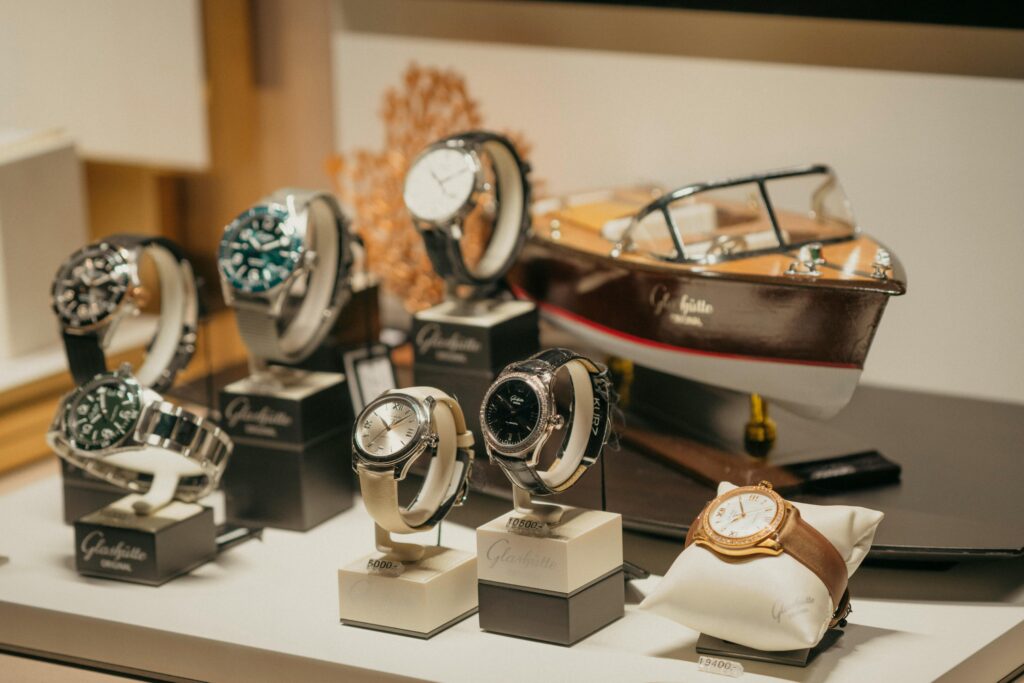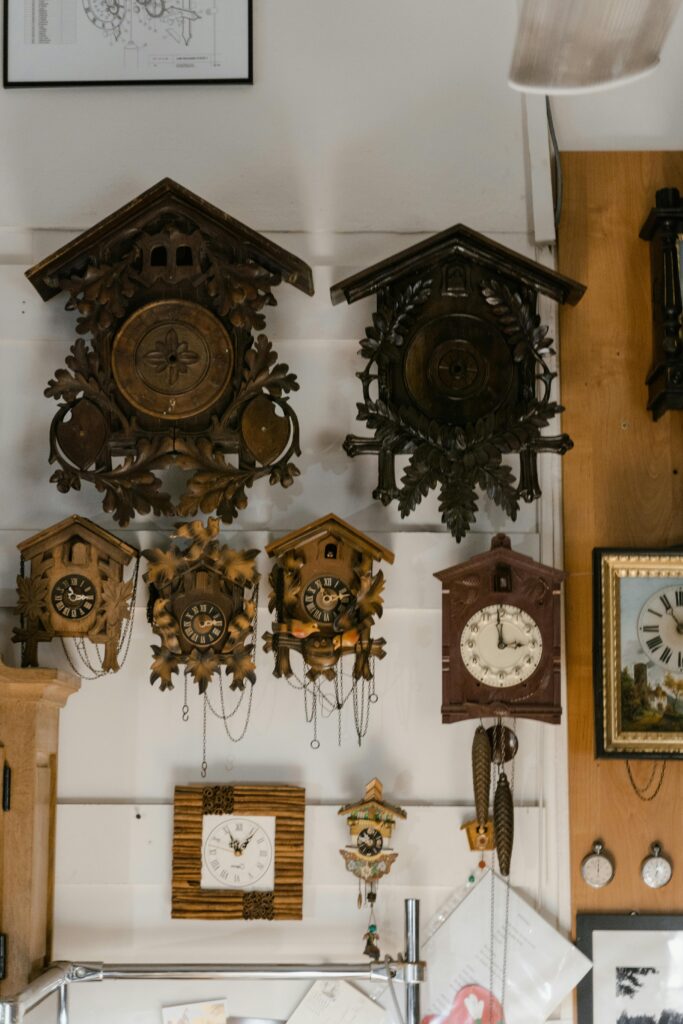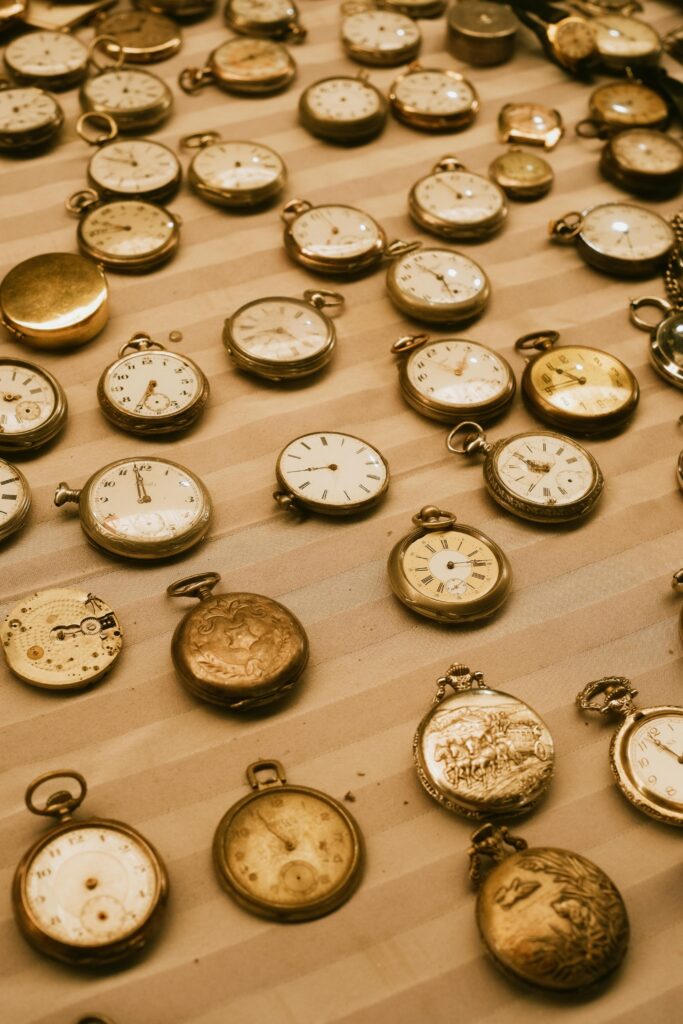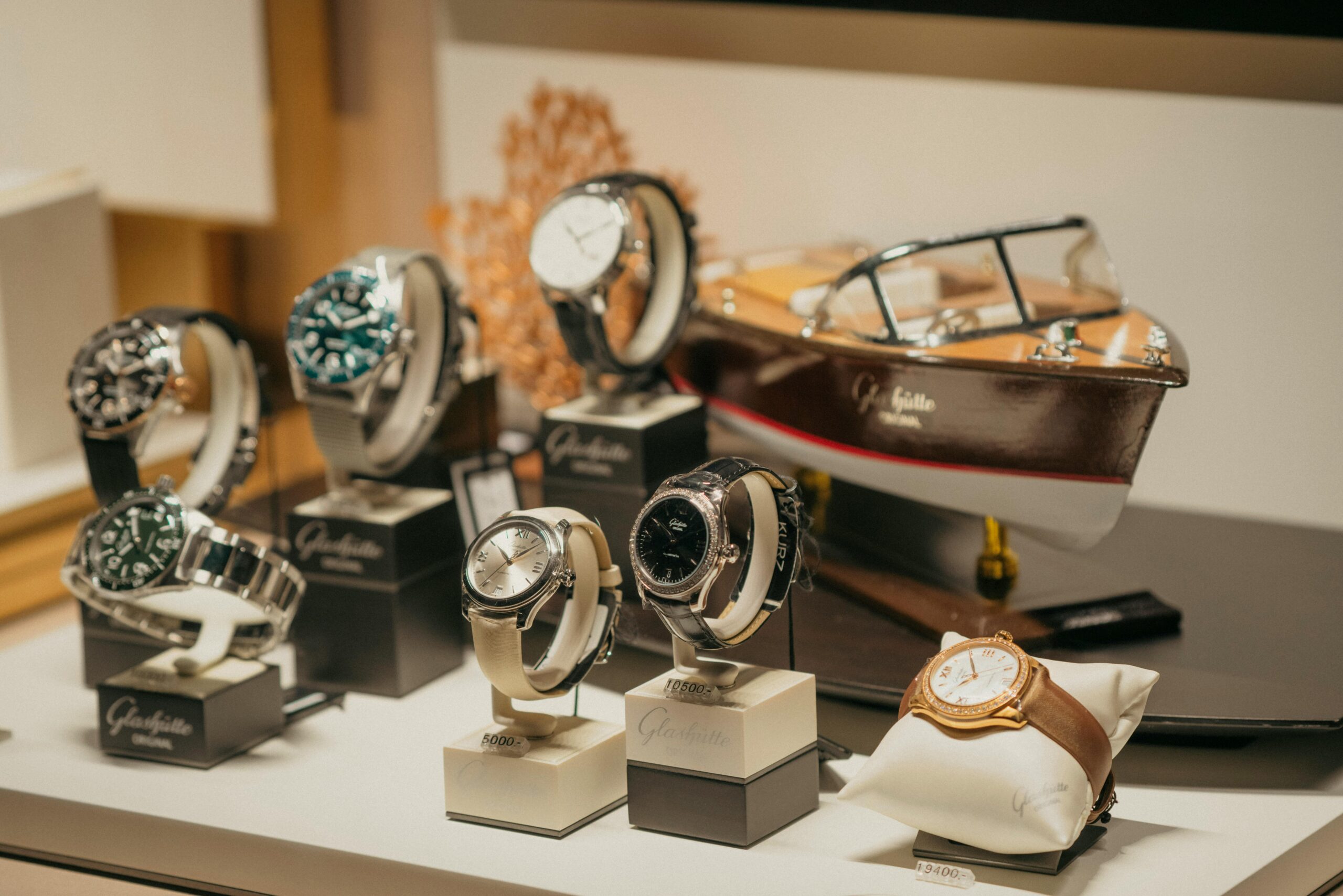Have you ever wondered about the fascinating history of unique timekeeping pieces and how they have evolved over time?

From Sundials to Smartwatches: A Journey Through Time
Let’s embark on a journey through time to explore the fascinating evolution of timekeeping devices. From the ancient sundials used by civilizations thousands of years ago to the modern smartwatches of today, timekeeping devices have come a long way in terms of design, functionality, and technological advancements.
Sundials: The First Timekeeping Devices
Imagine relying on the position of the sun in the sky to determine the time of day. That’s exactly what our ancestors did with the invention of sundials. These early timekeeping devices used the shadow cast by the sun to indicate the time, with markings on a stationary plate that would align with the shadow to give an approximate time reading. Sundials were used by ancient civilizations such as the Egyptians, Greeks, and Romans, and are a fascinating example of early human ingenuity in tracking time.
Water Clocks: An Ancient Innovation
Before the invention of mechanical clocks, ancient civilizations turned to water clocks as a more reliable way to measure time. Water clocks, also known as clepsydrae, used the flow of water from one container to another to indicate the passage of time. By measuring the amount of water that flowed from one vessel to another, users could track the hours and minutes of the day. Water clocks were commonly used in ancient societies such as China, Egypt, and Mesopotamia, and were seen as a significant technological advancement in timekeeping.
The Evolution of Mechanical Clocks
The invention of mechanical clocks in the Middle Ages revolutionized timekeeping by introducing precision and accuracy to the measurement of time. These early clocks used intricate gear systems to regulate the movement of clock hands and strike the hours. Mechanical clocks could be found in churches, town squares, and wealthy households, allowing people to synchronize their activities and schedules more effectively. The development of mechanical clocks marked a significant milestone in the evolution of timekeeping technology and set the stage for future advancements in horology.

Pocket Watches: Timekeeping On-the-Go
In the 16th century, the invention of the pocket watch allowed people to carry timekeeping devices with them wherever they went. Pocket watches were small, portable, and elegantly designed timepieces that became a popular accessory among the upper classes. With the addition of a protective case and a chain for easy carrying, pocket watches became a stylish and practical way to keep track of time while on-the-go. The introduction of pocket watches marked a shift towards individualized timekeeping and personal style in the world of horology.
Wristwatches: A Revolution in Timekeeping
The transition from pocket watches to wristwatches in the late 19th century revolutionized the way people wore and interacted with timekeeping devices. Wristwatches were originally designed for military use during World War I, allowing soldiers to coordinate attacks and operations more effectively. The convenience and practicality of wristwatches quickly caught on with the general public, leading to their widespread adoption as a fashion accessory and functional timepiece. The development of wristwatches represented a shift towards more accessible and convenient timekeeping devices that could be worn on the wrist for easy access and visibility.

The Quartz Revolution: Precision Timekeeping
In the 20th century, the introduction of quartz technology revolutionized the accuracy and precision of timekeeping devices. Quartz watches use a vibrating quartz crystal to regulate the movement of the watch hands, resulting in incredibly accurate timekeeping. This technology enabled the mass production of affordable and reliable quartz watches that quickly outstripped the popularity of traditional mechanical watches. The quartz revolution marked a turning point in the history of timekeeping, making accurate timekeeping more accessible and affordable for people around the world.
Smartwatches: The Future of Timekeeping
In the digital age, smartwatches have emerged as the latest innovation in timekeeping technology. Smartwatches combine the functions of a traditional timepiece with the capabilities of a smartphone, allowing users to track time, messages, and notifications on their wrists. With features such as fitness tracking, heart rate monitoring, and GPS navigation, smartwatches offer a wide range of functionalities that cater to the needs of modern users. The integration of smart technology into timekeeping devices represents the future of horology, as smartwatches continue to evolve and adapt to meet the demands of a tech-savvy generation.
The Legacy of Unique Timekeeping Pieces
From sundials to smartwatches, unique timekeeping pieces have played a vital role in human history, allowing us to measure, track, and organize our lives with precision and accuracy. Each timekeeping device represents a unique chapter in the evolution of horology, showcasing the ingenuity, craftsmanship, and innovation of generations past. As we look towards the future of timekeeping, we can only imagine the incredible advancements and breakthroughs that lie ahead in the world of unique timekeeping pieces.

